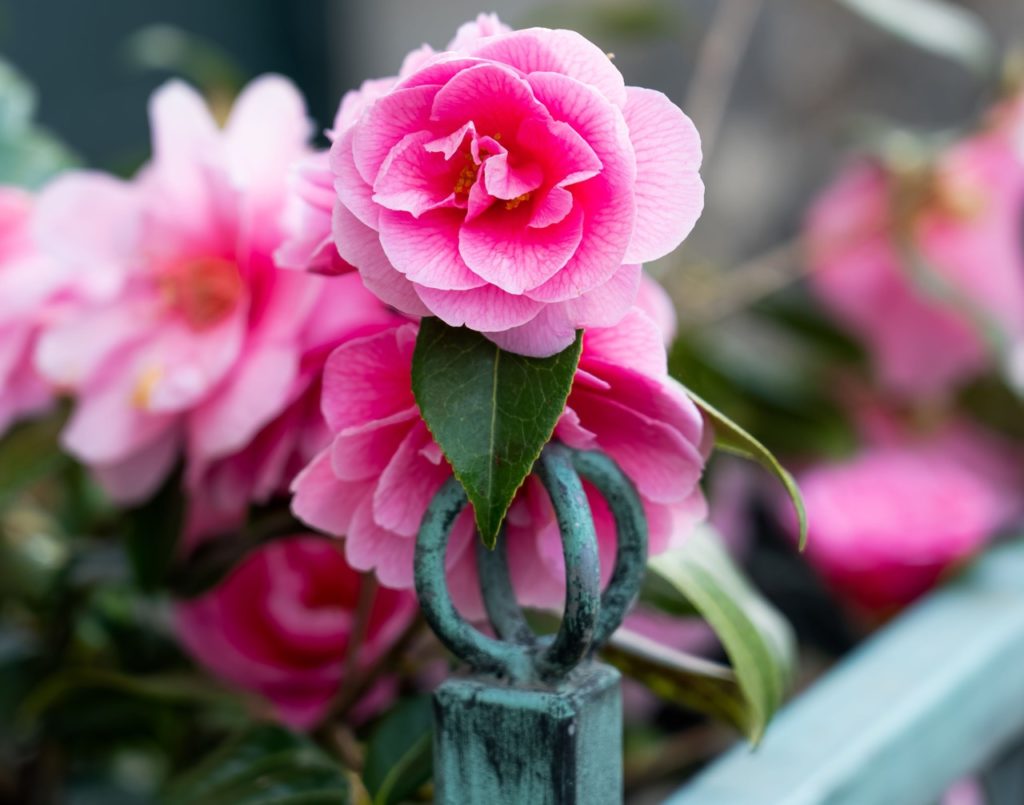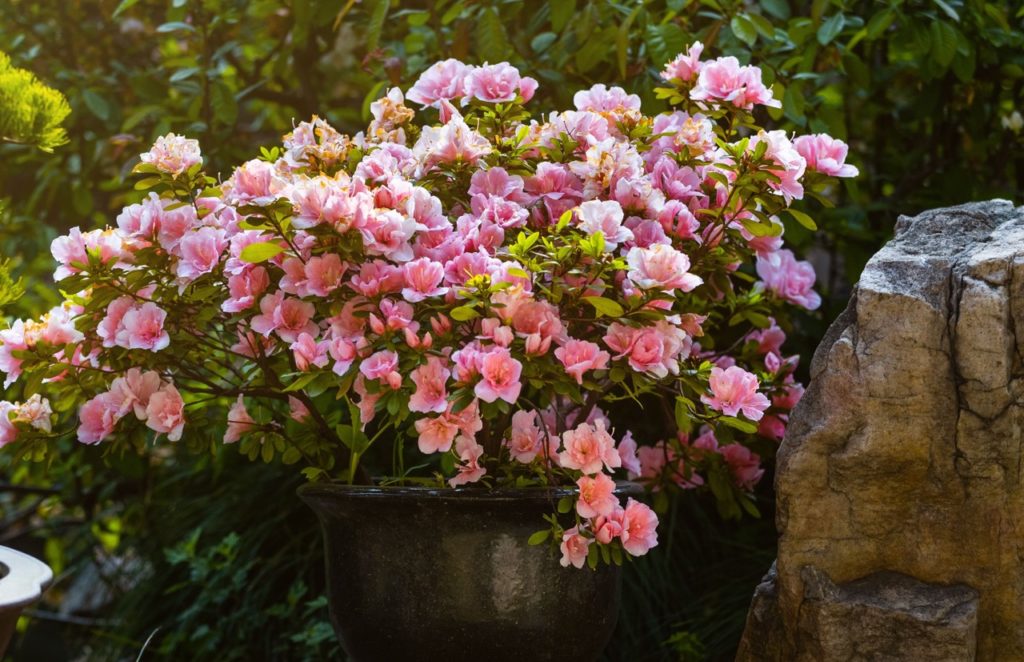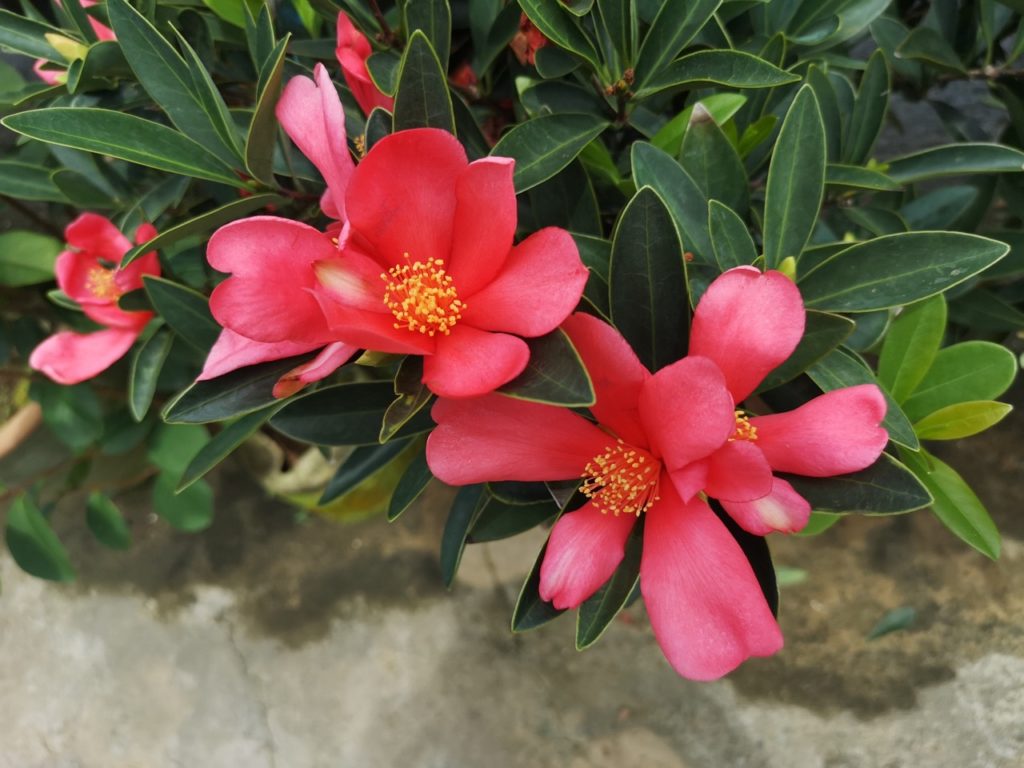Don’t Ignore These 5 Key Tips When Growing Camellia In Pots

SHRUBS > CAMELLIA > CONTAINERS

Elizabeth is a Permaculture Garden Designer, Sustainability Consultant and Professional Writer, working as an advocate for positive change. She graduated from the University of St. Andrews with an MA in English and Philosophy and obtained a Diploma in Applied Permaculture Design from the Permaculture Association.
Reviewed By COLIN SKELLY

Colin is a Horticulturist and Horticultural Consultant with experience in a range of practical and managerial roles across heritage, commercial and public horticulture. He holds the Royal Horticultural Society’s Master of Horticulture award and has a particular interest in horticultural ecology and naturalistic planting for habitat and climate resilience.
IN THIS GUIDE
CAMELLIA GUIDES
Container Growing
Deadheading
Feeding
Problems
– Buds Falling Off
– Brown Leaves
Pruning
Soil Requirements
Sowing
Varieties
– Common Camellia
– Red Varieties
Winter Care
Camellias can be wonderful shrubs to grow if you have suitable acidic soil in your garden.
However, what if you don’t have acidic soil or you don’t have much space?
Can You Grow Camellia In Pots?
Camellia can be an excellent choice for container cultivation.
Although these shrubs can often grow rather large in the garden, many are ideally suited to growing in pots.

You can grow C. sasanqua for flowers in autumn or C. japonica and C. x williamsii for flowers from early spring.
There are, of course, plenty of amazing named cultivars to choose from for your container garden.
1) Choose The Right Pot
Camellias need a container with reasonably good drainage, so that excess water can drain away freely at the base.
The container should be large enough to accommodate the camellia’s root ball, with just a little space around each side.

It is best not to use a container that is much larger, but rather to put up a stage at a time.
Otherwise, there is a greater chance that the conditions might become waterlogged, which is something that camellia cannot abide.
Camellias are shrubs which can grow rather tall, so a heavier pot such as a ceramic or terracotta one could be a better option than one which is more lightweight and might tip over.
2) Source Ericaceous Compost
One of the most important things to remember when growing camellias is that they require acidic conditions.
So, when filling a pot or other container, you will need to use peat-free ericaceous compost.
You can either make a peat-free ericaceous compost or buy your own.

This is a specialist compost created to provide the pH levels that acid-loving plants require.
The mix needs to be free-draining in order to give camellia the growing conditions they need and will ideally have a pH between 5-6.5.
3) Pot Up At The Right Depth
Camellias are frequently purchased as potted plants.
Once your plant arrives or you get it home, you should prepare your new container, which should be just slightly larger than the pot it came in.
Place a little of your ericaceous potting mix in the base, position your new plant, put a little more of the growing medium around the sides of the plant and gently firm it in place.
Water it in, allowing excess water to drain away.

You might also pot up camellias you have grown from cuttings in the same way, once they have established a good root system.
When potting up camellias, make sure that they sit at the same depth as they sat at in their previous position.
Top the container with an ericaceous mulch.
4) Only Use Suitable Companion Plants
Usually, a single camellia will be placed in a pot on its own.
However, if you choose a larger container, you can also consider creating a mixed display with a camellia at the centre and some smaller acid-loving plants around the edges of the space.

Just remember that camellias have shallow roots, so you should take care to avoid too much competition when choosing companion plants.
5) Care For Your Potted Camellia
Place pots (for most camellia varieties) in partial or dappled shade.
Avoid placing your camellia in containers in windy locations or spots that get early morning sun.
Water regularly and well, but always ensure that excess water can drain away freely.
Watering with rainwater is always best and avoiding tap water is especially important if you live in a hard water area.
In the early spring, feed your camellias with an ericaceous organic fertiliser.
You can purchase an organic option or consider making your own, but make sure that you do not feed after the end of July, as this can lead to bud drop.

Whether or not you can leave your camellias in their pots in outdoor locations all winter will depend on the variety you are growing and where you live.
Some camellias, such as C. sasanqua, will need protection in most parts of the UK during the coldest months if growing in a container.
Since container plants are more exposed to the cold, you may also need to offer some protection to C. japonica and C. x williamsii cultivars.
Move your container-grown camellias into a spot close to the house or a wall in a more sheltered location.
You can also wrap your shrubs with horticultural fleece or move them into an undercover growing area or cool conservatory in the freezing cold weather.
Camellia do not require regular pruning, but if your plant is getting too large for its pot, you can trim it into shape after it has finished flowering, as Colin Skelly, a Horticulturist with 14 years of experience, shares:

“Camellias can grow into large shrubs, so I cut camellias in pots back hard after flowering.
“I prune mine into cylinder shapes, which holds their form fairly well until flowering the following spring.
“Only cut back once after flowering, otherwise you will lose flowers the following year since they flower on the previous year’s growth.”
Hard pruning is also possible and is best undertaken in March, but you should note that pruning back hard means that it could be at least a couple of years before the plant flowers well again.
Camellias typically need to be repotted to a larger container with new growing medium every couple of years.
Follow these guidelines and you should not usually find it too much of a challenge to grow beautiful camellia shrubs in containers where you live.
